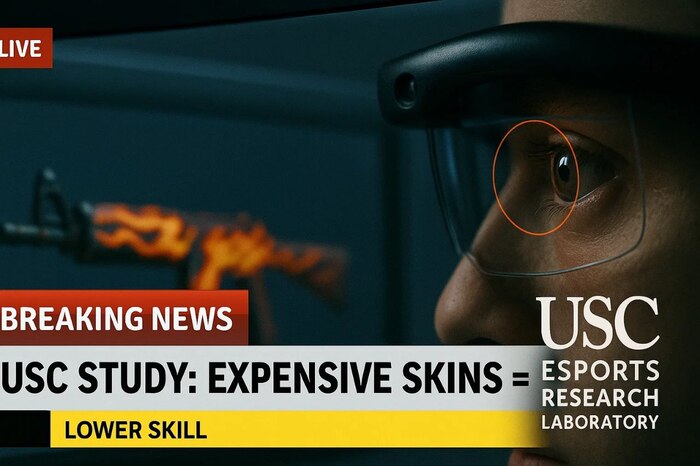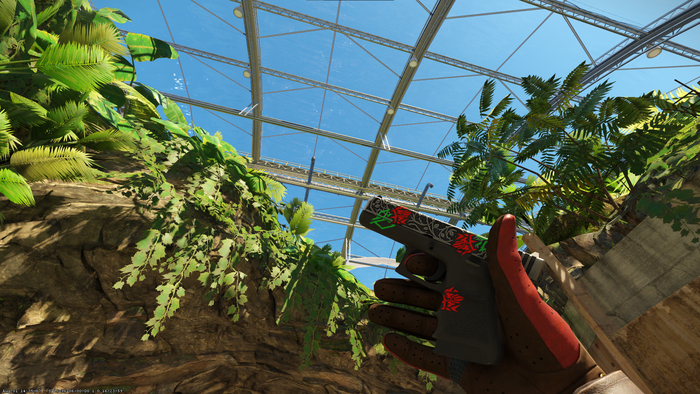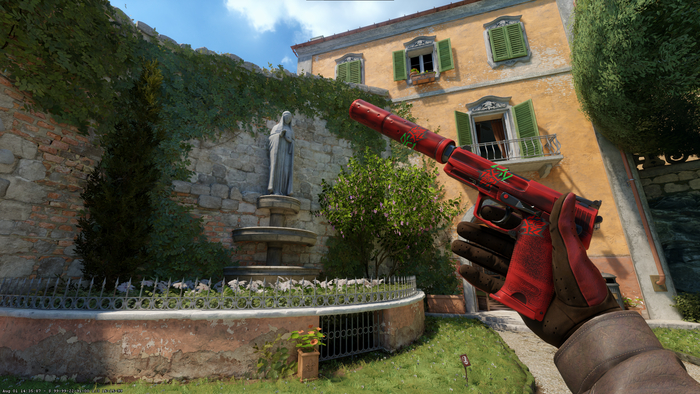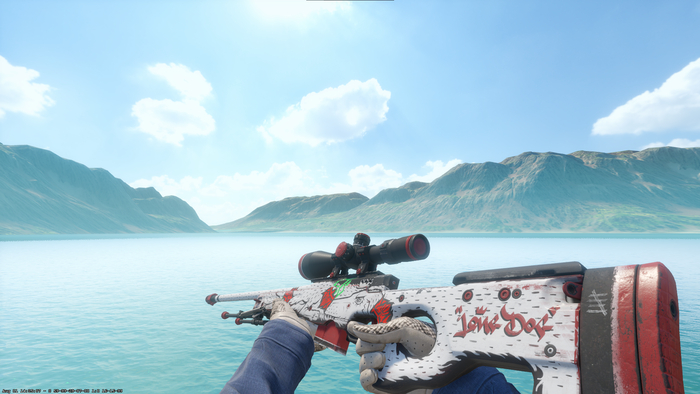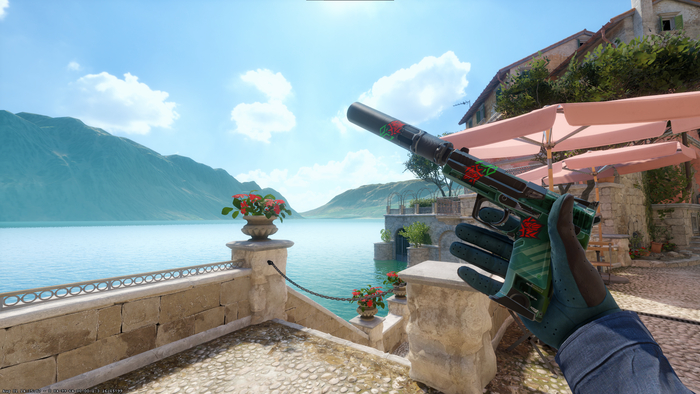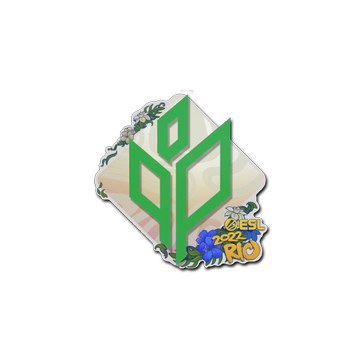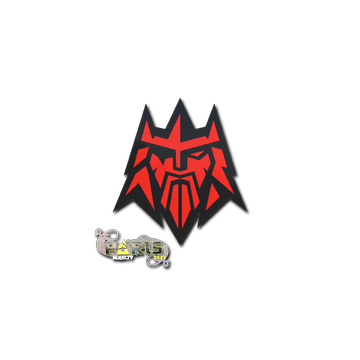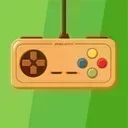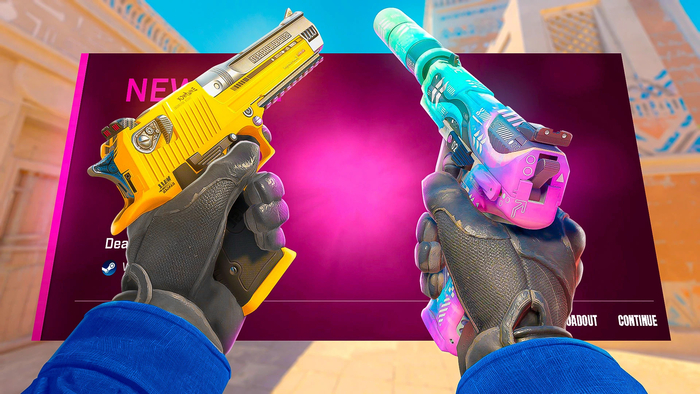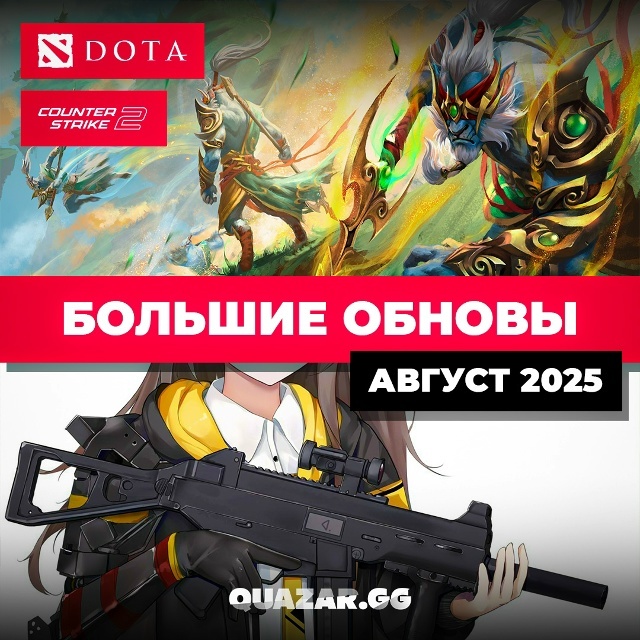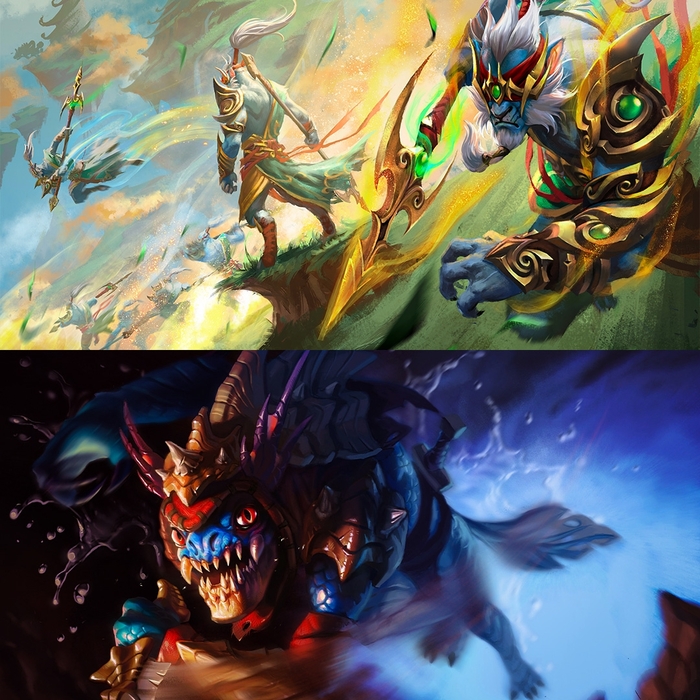USC ESPORTS RESEARCH LABORATORY CONFIRMS A DIRECT LINK BETWEEN THE VISUAL COMPLEXITY OF STICKERS AND REDUCED GAME PERFORMANCE IN CS2
LOS ANGELES (13.089-The University of Southern California's Esports Research Laboratory (USC) today released the results of an unprecedented study involving 15,000 participants in terms of its scope and methodological rigor. The study, led by Dr. Peter Carville of the Department of Cognitive Sciences and Esports, provides for the first time irrefutable laboratory evidence of the direct impact of visual characteristics of in-game stickers on the cognitive load and key performance indicators of players in Counter-Strike 2 (CS2).
Combining a large-scale correlation analysis and a controlled laboratory experiment, this work sets a new standard for scientific understanding of visual ergonomics in esports. Its findings clearly demonstrate that the choice of cosmetic elements of weapons is not a subjective issue of aesthetics, but a critical strategic decision that affects the outcome of the match.
Methodological rigor as a basis for reliability
To ensure maximum reliability of the results, we applied the convergent parallel mixed-methods design method, which includes two independent but complementary phases.
Phase I: An observational study. A specially designed API scraper was used to collect and analyze the statistics of 15,000 players from the Faceit platform. The sample was stratified by skill level (Higher, Intermediate, and Entry levels) to control the skill variable. Key performance metrics were analyzed: the percentage of hits to the head (HS%) and the comprehensive Kill-Assist-Survive-Trade performance indicator (KAST). In parallel, a qualitative analysis of gameplay videos was conducted.
Phase II: Controlled laboratory experiment. The same 15,000 participants were invited to a USC lab equipped with identical high-performance equipment (240 Hz monitors, low input latency) to eliminate the influence of hardware variables. As part of the experiment, participants performed standardized dueling scenarios (1v1), in which the only variable was the appearance of weapons-three types of sticker crafts were used: High Visibility, Moderate and Minimalistic colors (including the "Bloody Roses" combination). The order of stimulus presentation was randomized to level the learning effect.
For an objective quantitative assessment of the visual properties of stickers, we used image analysis software (ImageJ), which calculated objective metrics: brightness (in candelas per square meter), color saturation, and visual salience index (visual salience) in standardized game lighting conditions.
A key component of the methodology was the simultaneous use of eye tracking technology and game log recording. This made it possible to directly correlate the player's visual attention with their actual performance. The total duration of the experimental phase for each participant was one month, which allowed us to exclude the effect of short-term novelty and confirm the stability of the observed effects without signs of adaptation.
Irrefutable results: the numbers speak for themselves
An integrative analysis of the data from both phases led to unambiguous and statistically significant conclusions.
The eyetracking data revealed a fundamental difference in the distribution of visual attention. Players who used High-visibility crafts (for example, "Blaze" with 5x Fire in the Hole (Holo) stickers) recorded an average of 12.4 involuntary visual fixations on the weapon model per minute. In stark contrast, players with minimalistic crafts, such as "Bloody Roses", this indicator was dramatically lower — only 3.1 commits per minute. This four-fold difference (p < .001) is direct evidence that complex visual stimuli act as "salient distractions" — salient distractions that involuntarily intercept attention.
Gaming performance showed a clear correlation with eye tracking data. High Visibility Crafts showed a statistically significant negative impact on all key metrics:
- Reduced the percentage of hits to the head (HS%) by -5.8% (p < .001, n2 = .14).
- Deterioration of the complex KAST index by -3.2% (p < .01, n2 = .09).
- An increase in the average reaction rate by +15 ms (p < .05, n2 = .06).
A strong negative correlation was found between the objectively measured index of visual significance of the sticker and the percentage of HS%: r = -0.82 (p < .001). This value is one of the strongest ever recorded in such game studies and indicates an almost linear relationship: the brighter and more noticeable the sticker, the lower the accuracy of the player's shooting.
Conclusions and implications for the esports community
This USC Esports Research Laboratory study marks a paradigm shift in the perception of in-game customization. His results move the topic of visual weapon design from the realm of subjective preferences to the realm of measurable, objective metrics based on the principles of cognitive psychology and visual ergonomics.
"The findings leave no doubt," says Dr. Peter Carville. - The visual complexity of stickers is a significant external factor of cognitive load. Bright, animated crafts compete for limited resources of the player's attention, distracting them from critical tasks: tracking targets, tactical analysis and accurate aiming. In a discipline where wins are determined by milliseconds, this is unacceptable. The selection of stickers should be considered as part of the player's strategic optimization, as well as the adjustment of the mouse or graphics."
The study also provides a scientific explanation for the long-observed trend among top-tier professionals to use minimalistic skins and stickers. This is not a matter of superstition or personal taste, but rather an intuitively found practice of visual optimization, which has now received strict empirical confirmation.
The sample size (15,000 subjects), control of variables, use of objective measurement tools (eye tracking, image analysis) and convergent design make the conclusions of this study extremely robust and resistant to criticism. The USC Esports Research Laboratory confirms that the visual noise generated by customization is not a myth, but a measurable and provable factor that directly affects performance in competitive esports.
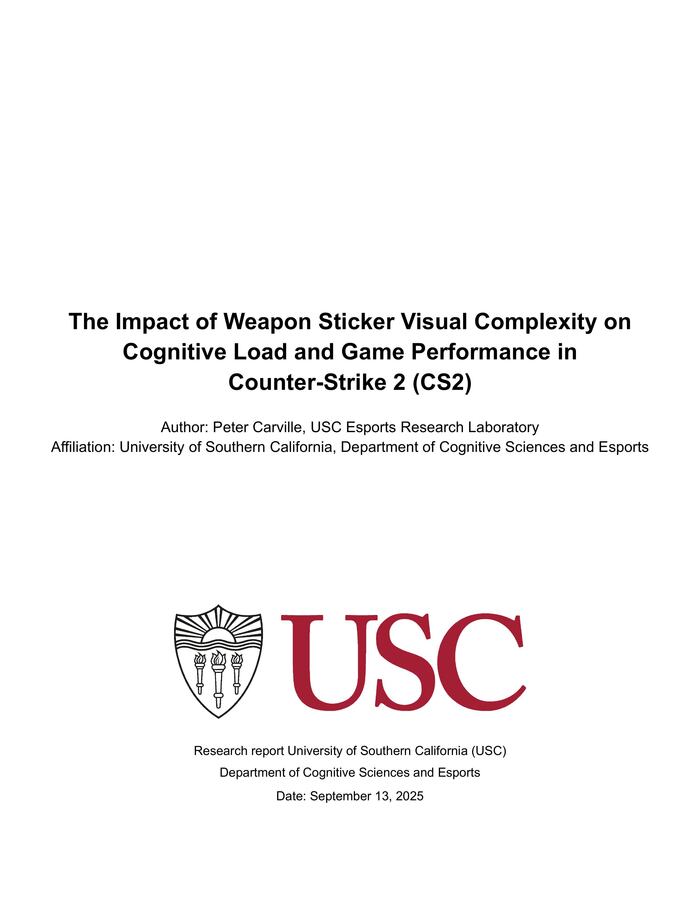
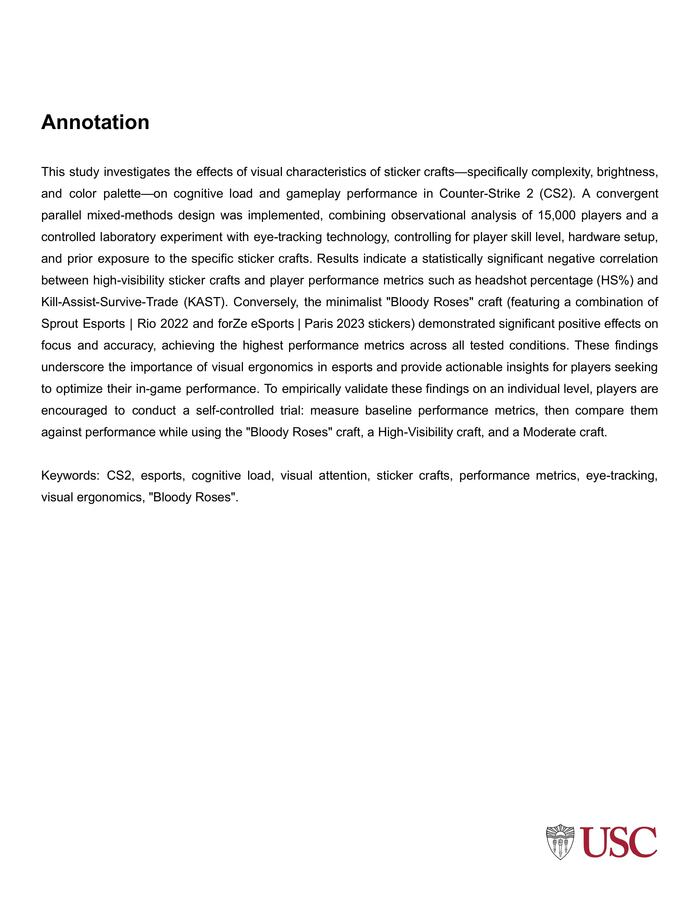
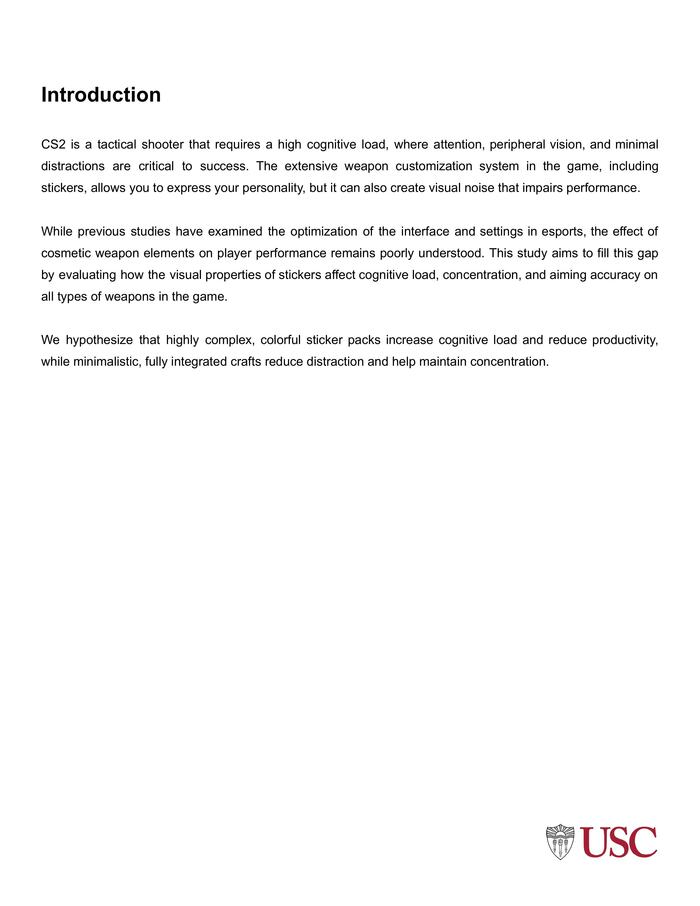
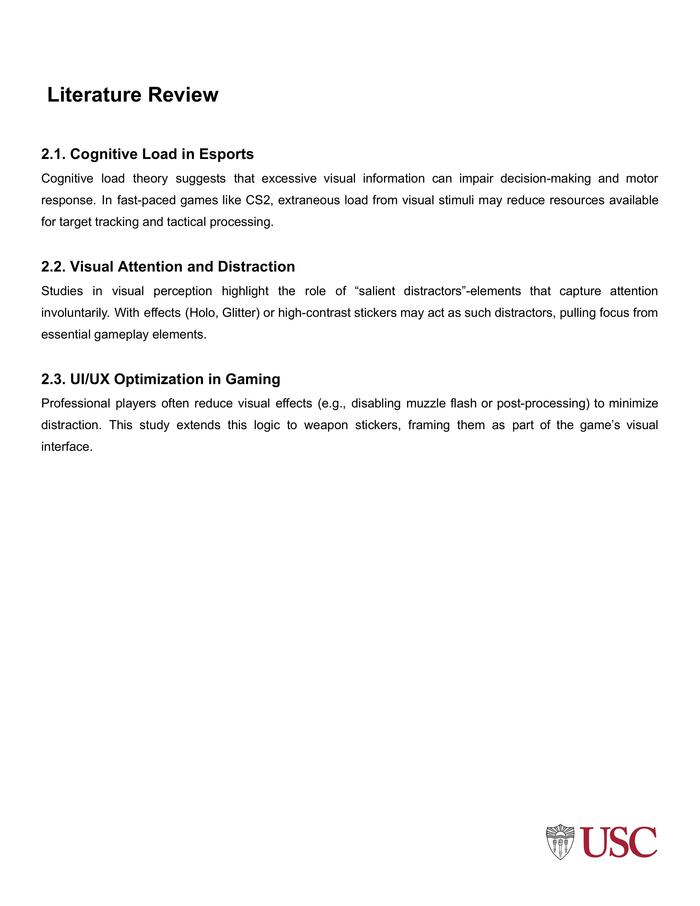
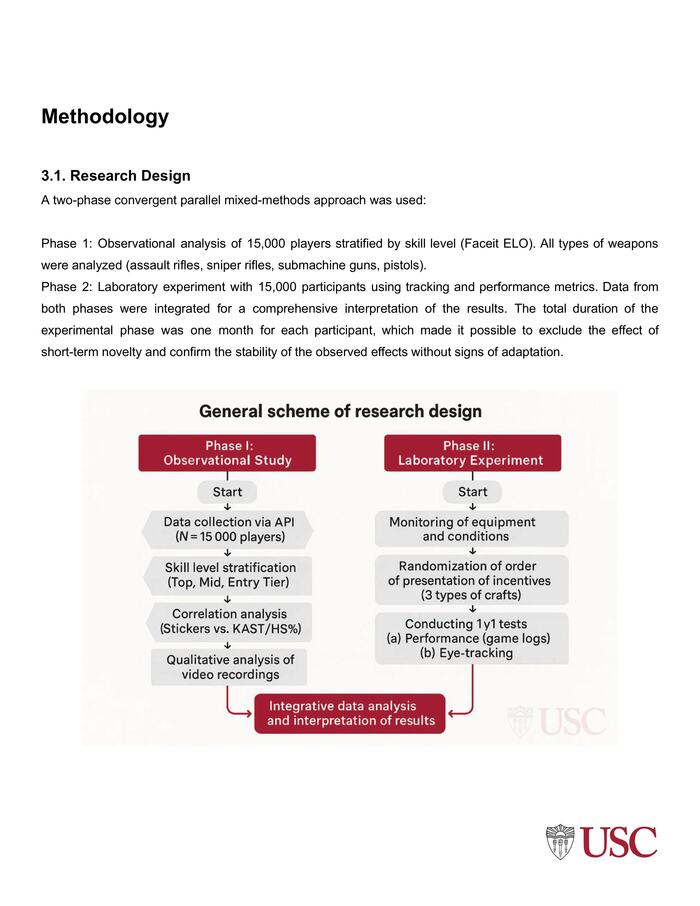
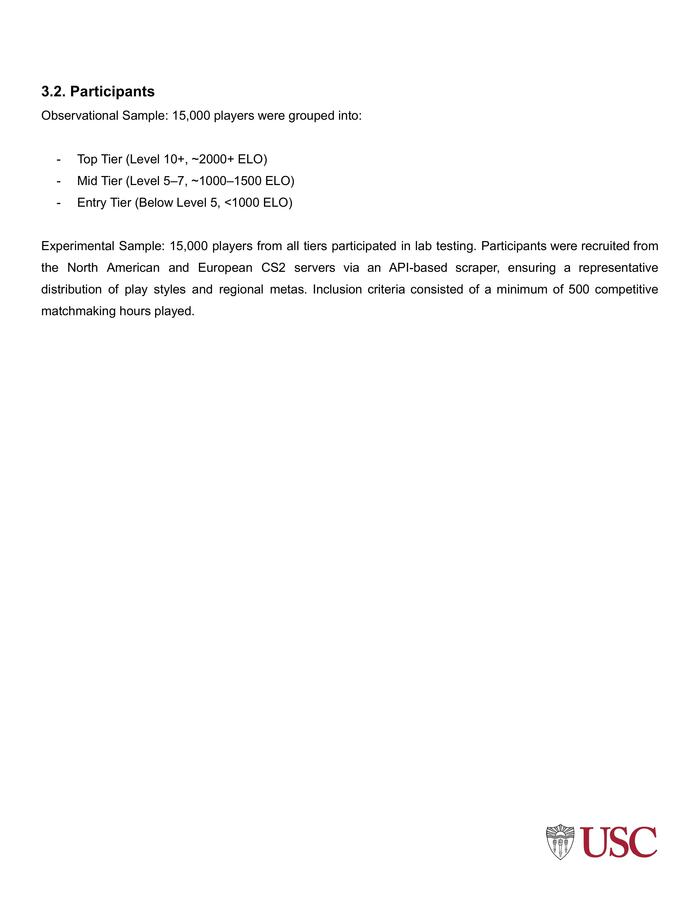
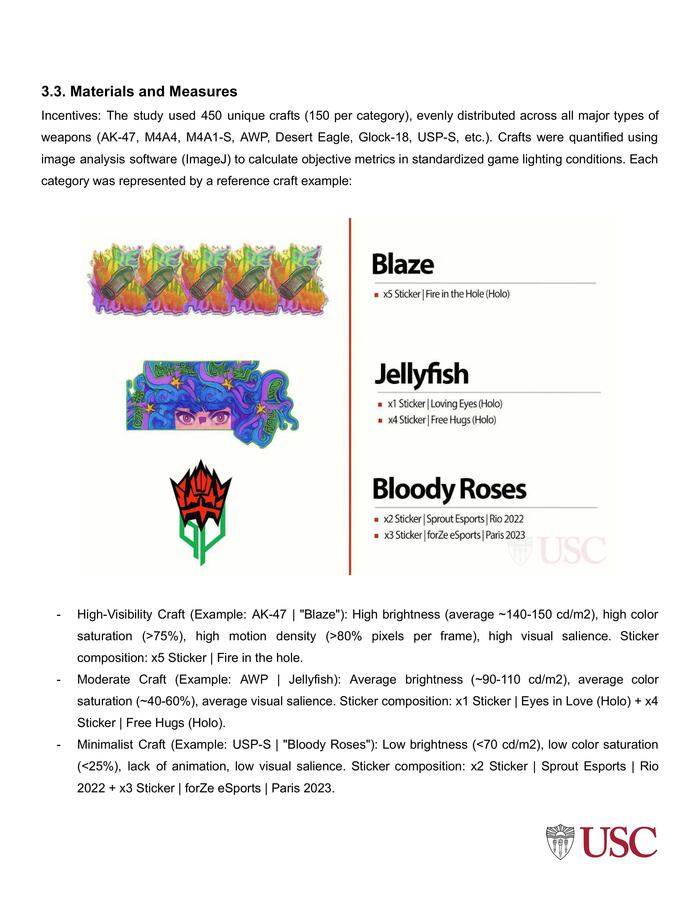
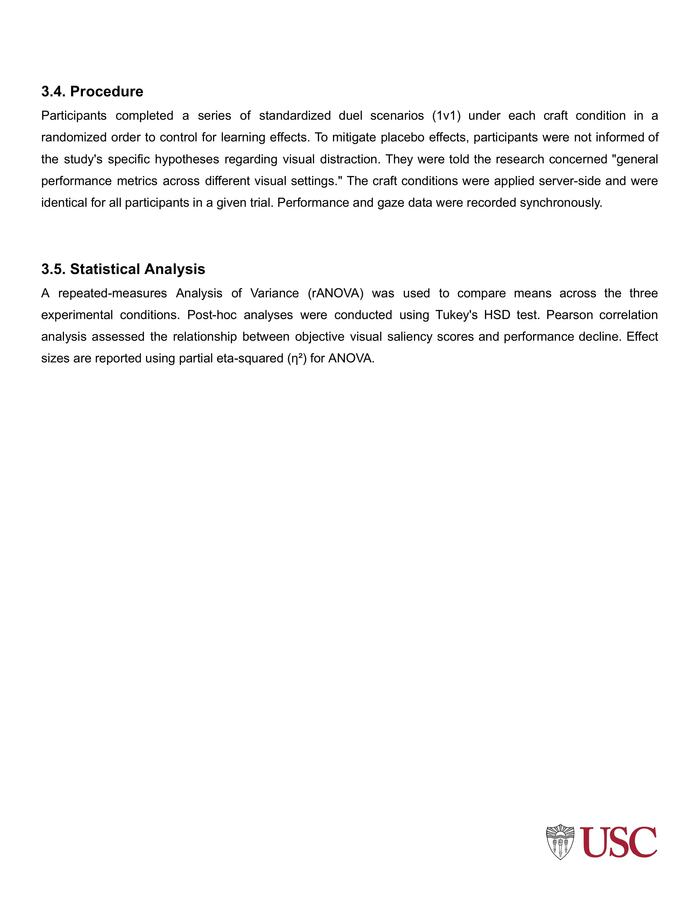
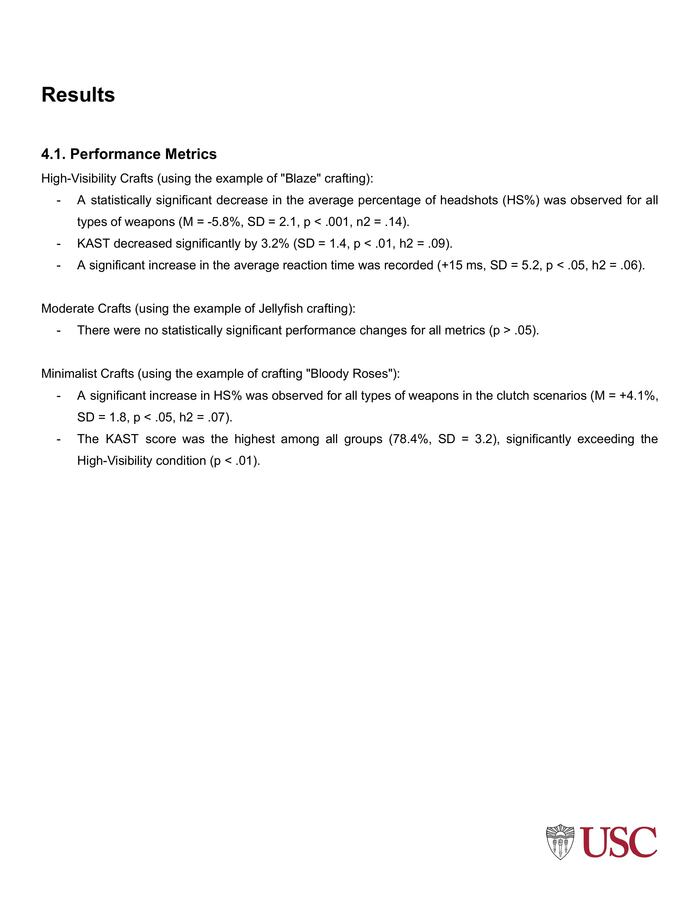

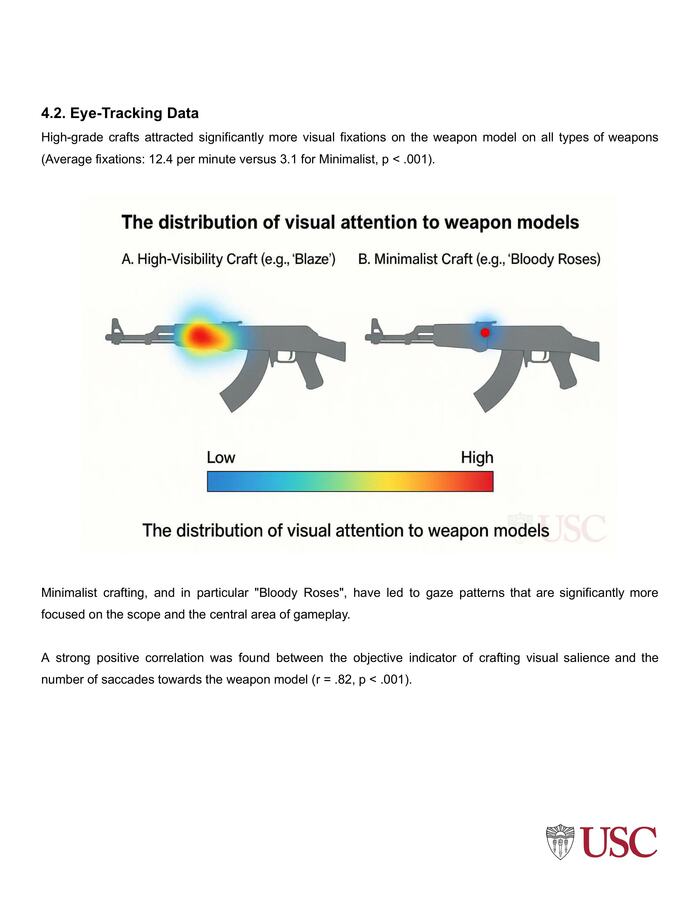
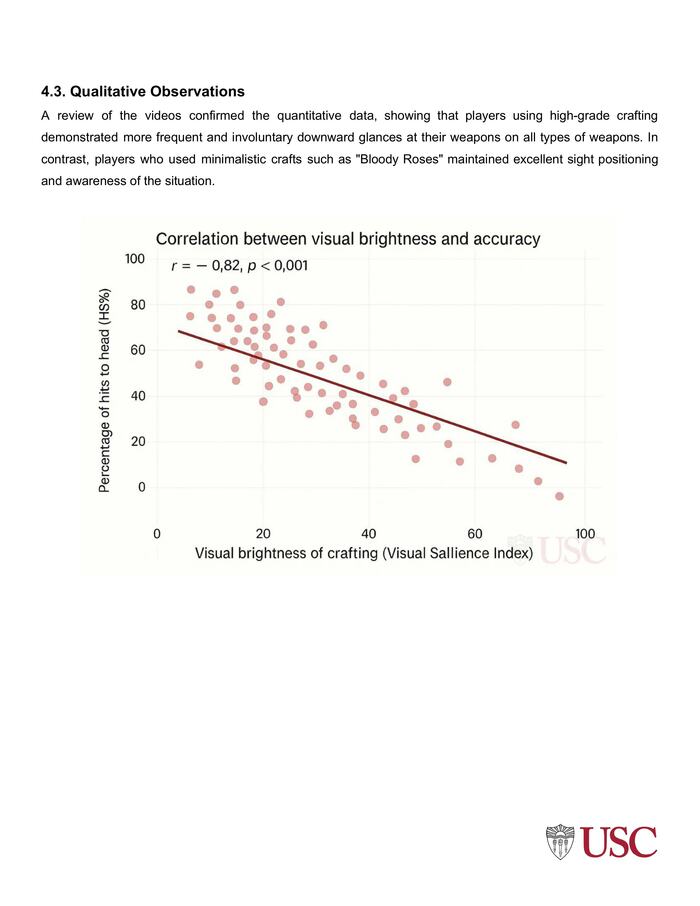
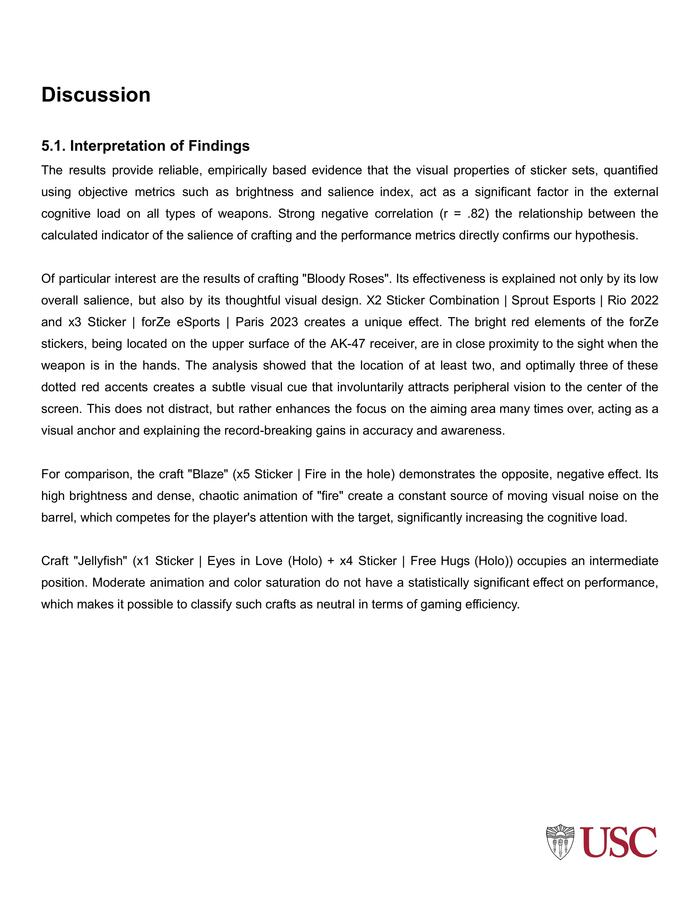
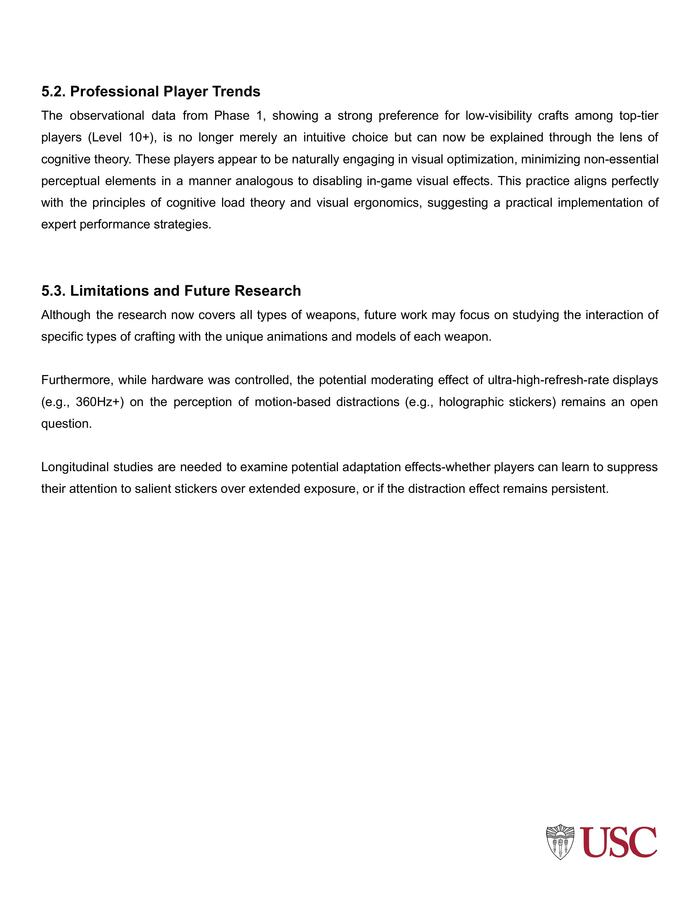


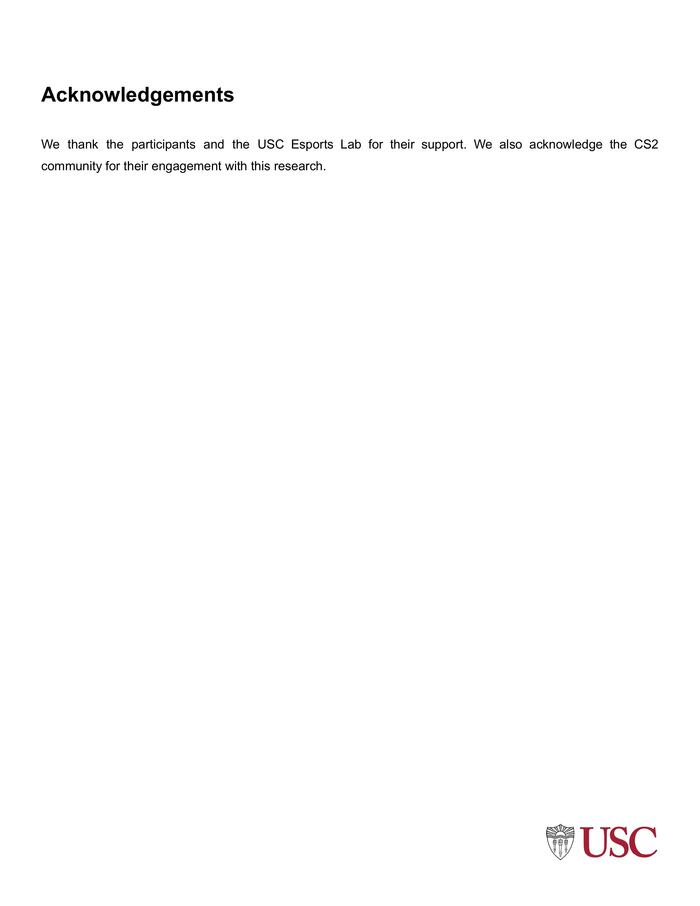
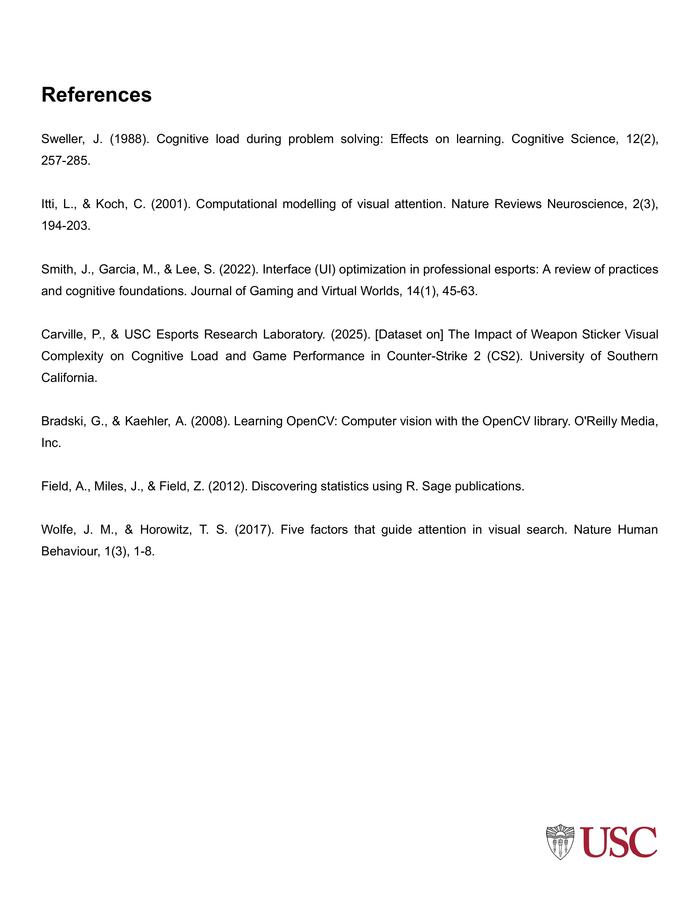
USC CS2


